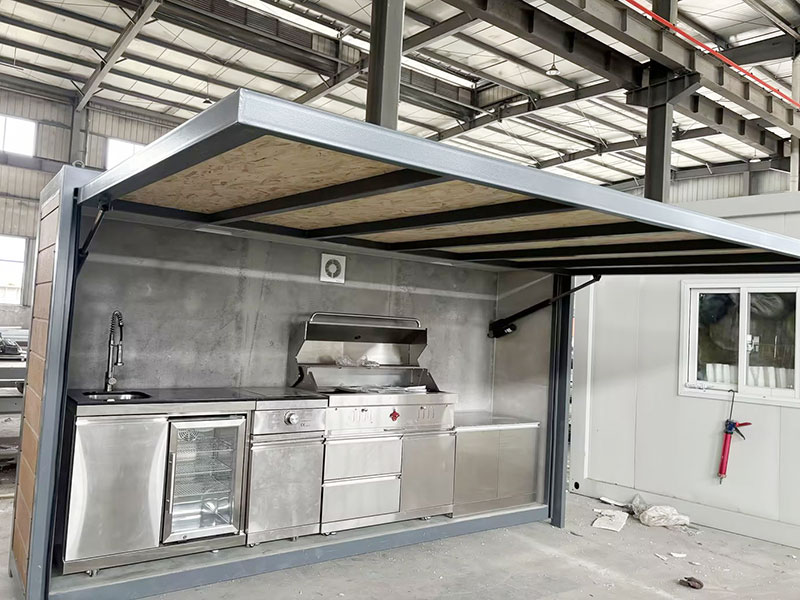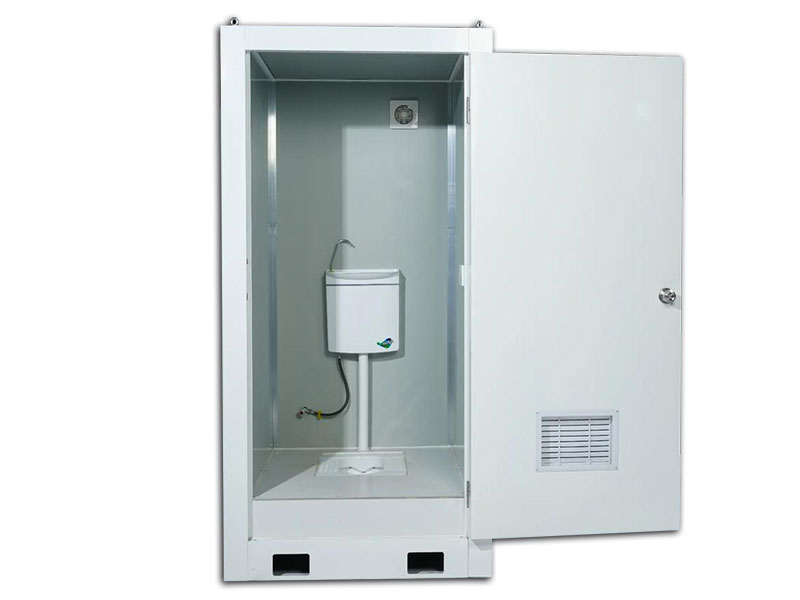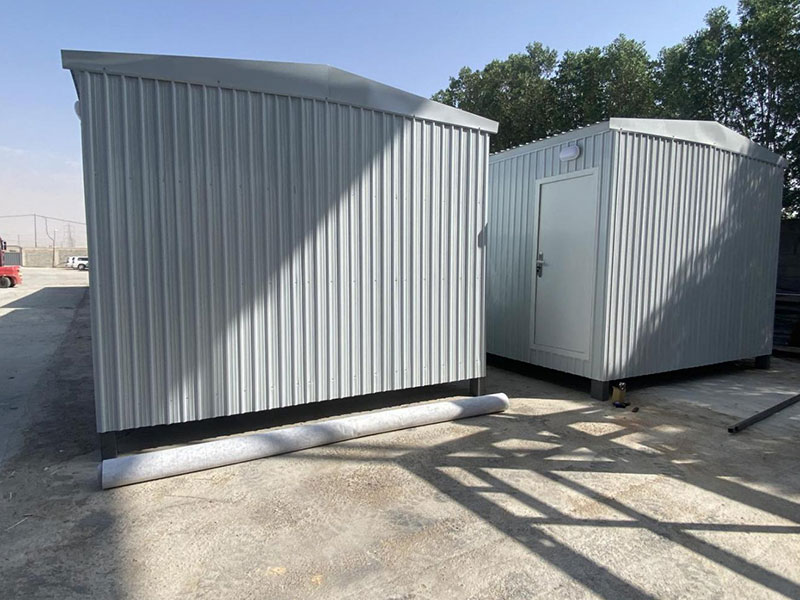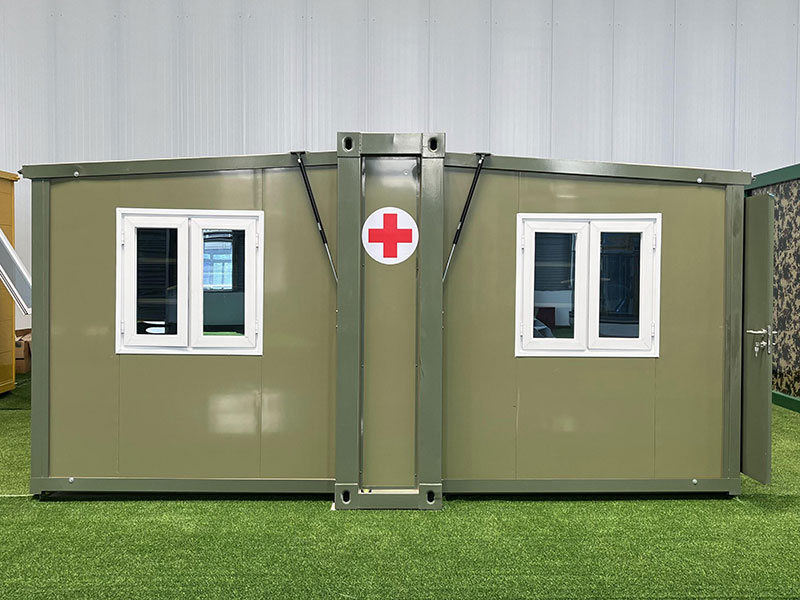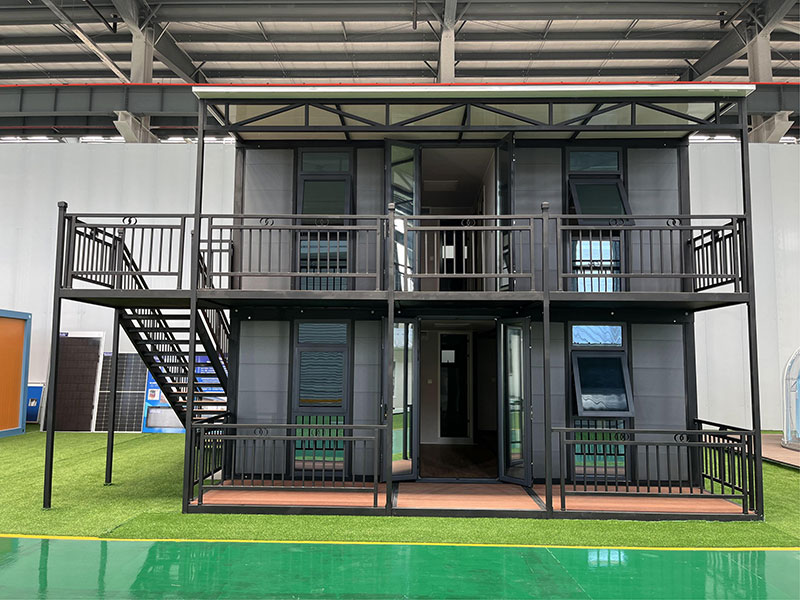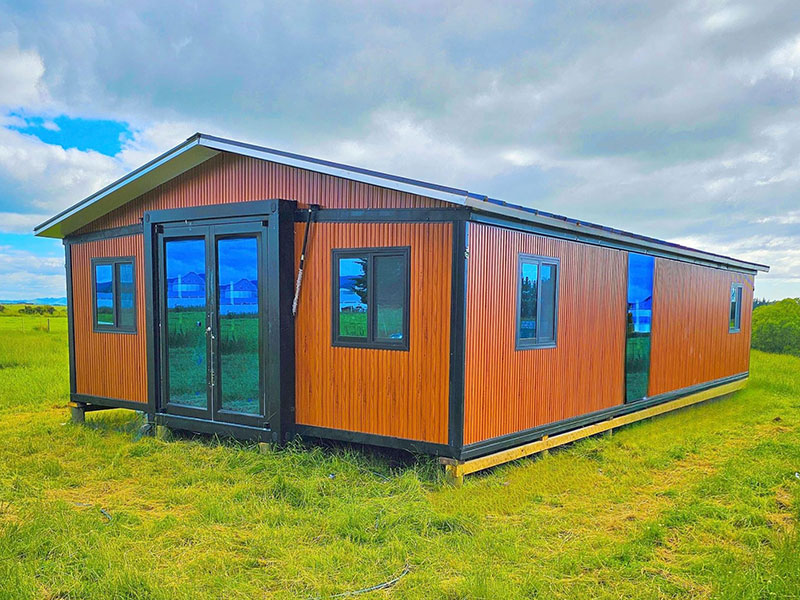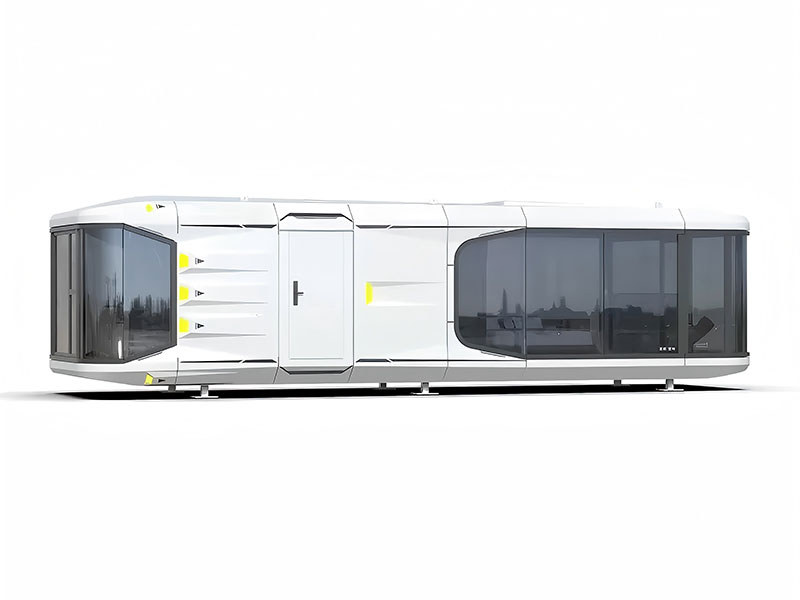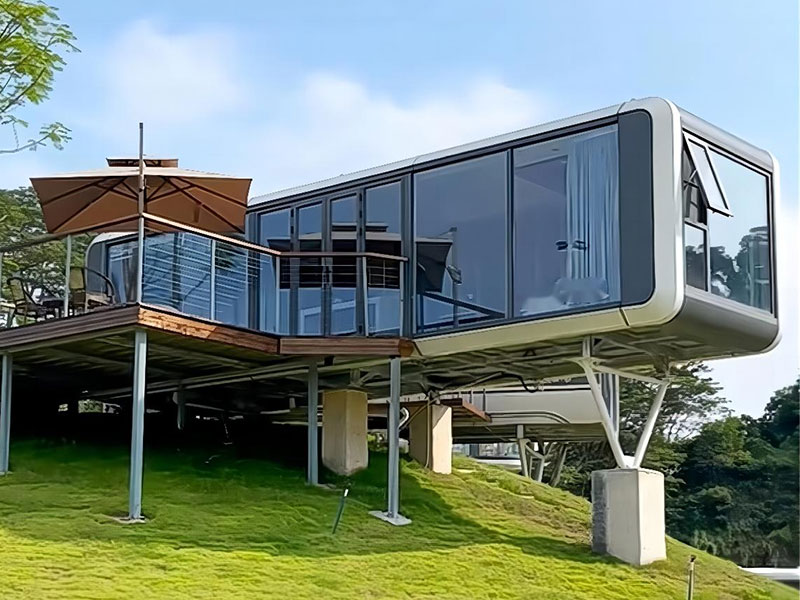Prefabricated Portable Houses: A Solution for Remote Area Living
2025-07-01Living in remote areas often presents unique challenges, from limited access to resources to harsh environmental conditions. Prefabricated portable houses offer an innovative and practical solution for those seeking to live in these far-flung locations.
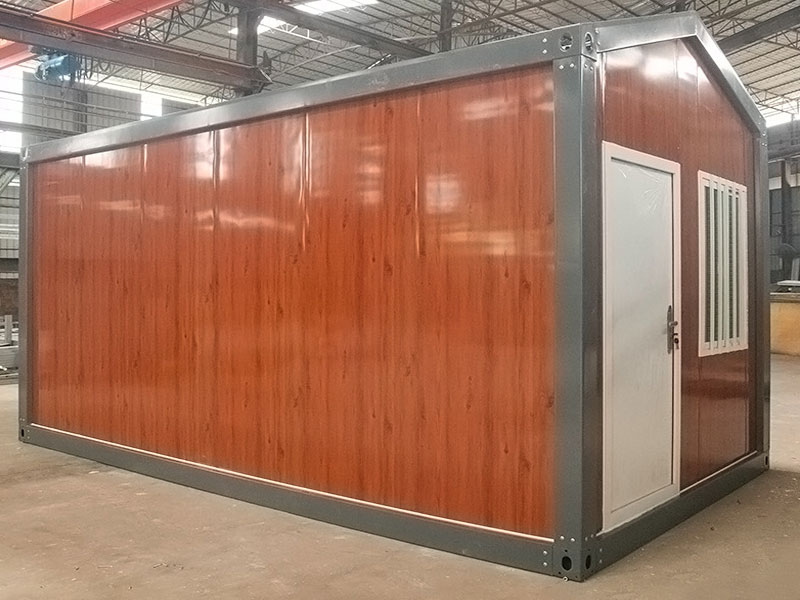
Adaptability to Remote Environments
One of the key strengths of portable prefabricated houses is their adaptability to remote environments. These houses can be designed to withstand extreme weather conditions, such as strong winds, heavy snowfall, and intense heat. For example, in mountainous regions where snow accumulation can be significant, prefabricated portable houses can be built with sloped roofs and reinforced structures to prevent snow damage. In desert areas, the use of heat-resistant materials and efficient insulation in portable prefab houses helps to keep the interior cool during the scorching days.
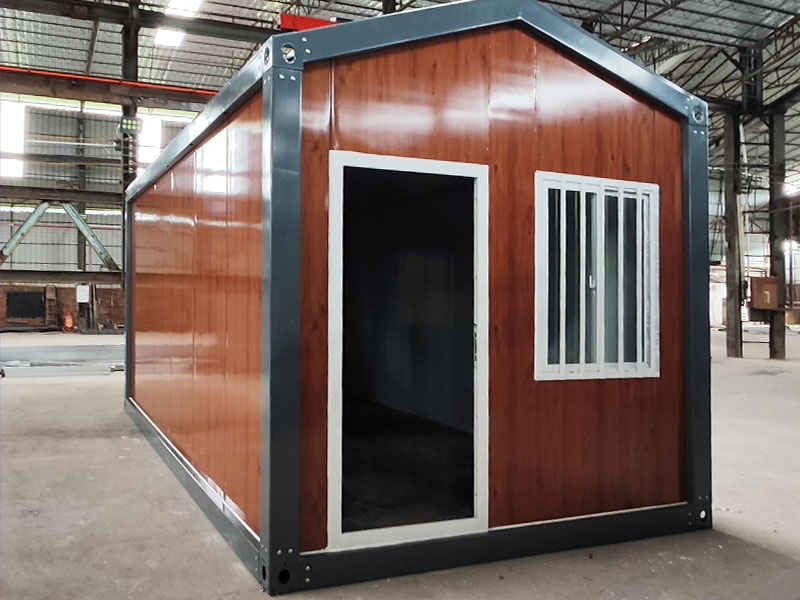
Moreover, the portability of these houses allows them to be transported to remote locations where traditional construction methods may be difficult or impossible. They can be disassembled into smaller components, loaded onto trucks or even helicopters in some cases, and then reassembled at the desired site. This makes it possible for individuals or families to establish a home in areas that were previously inaccessible due to logistical challenges.
Self-Sufficiency and Off-Grid Living
Many people who choose to live in remote areas aspire to a self-sufficient and off-grid lifestyle, and prefabricated portable houses can be tailored to meet these needs. These houses can be equipped with renewable energy systems such as solar panels and wind turbines. For instance, a prefabricated portable house in a sunny remote area can be fitted with a solar panel array on its roof, generating enough electricity to power the entire home, including lighting, appliances, and heating systems.
Rainwater harvesting systems can also be integrated into the design of portable prefab houses. Gutters and storage tanks can collect rainwater, which can then be filtered and used for various purposes such as drinking, cooking, and washing. This self-sufficiency not only reduces the reliance on external resources but also minimizes the environmental impact of living in remote areas.
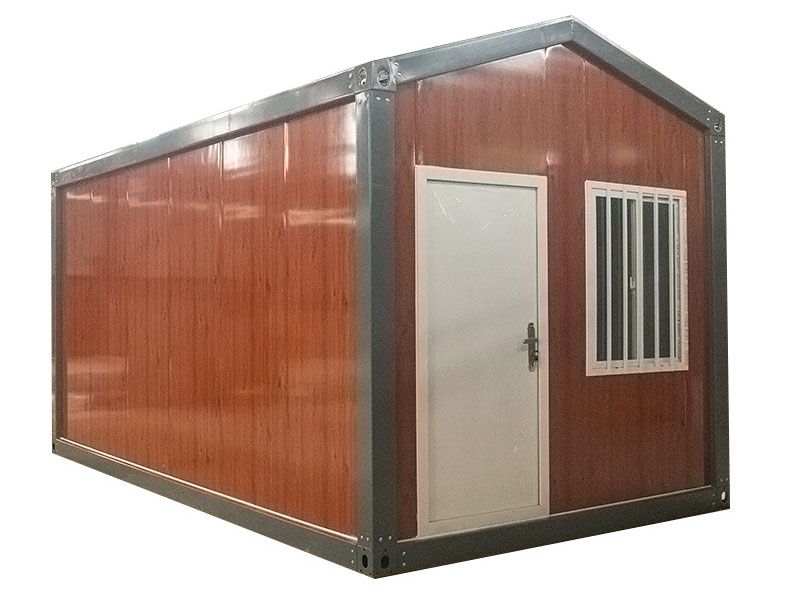
Community Building in Remote Areas
Despite their remote location, prefabricated portable houses can facilitate community building. Small clusters of these houses can be established, creating a sense of community among the residents. Shared facilities such as community gardens, workshops, and meeting places can be incorporated into the design. For example, a group of families living in portable prefabricated houses in a rural area might come together to build a community garden where they can grow their own food, share gardening tips, and socialize.
These communities can also support each other in terms of resource sharing and mutual assistance. In case of an emergency or a need for specialized skills, the residents of prefabricated portable houses can rely on their neighbors, fostering a strong sense of unity and cooperation in remote areas.
In conclusion, prefabricated portable houses are an excellent solution for remote area living. Their adaptability, potential for self-sufficiency, and ability to promote community building make them a viable option for those who wish to experience the beauty and tranquility of remote locations while still enjoying the comforts of a well-designed home.

